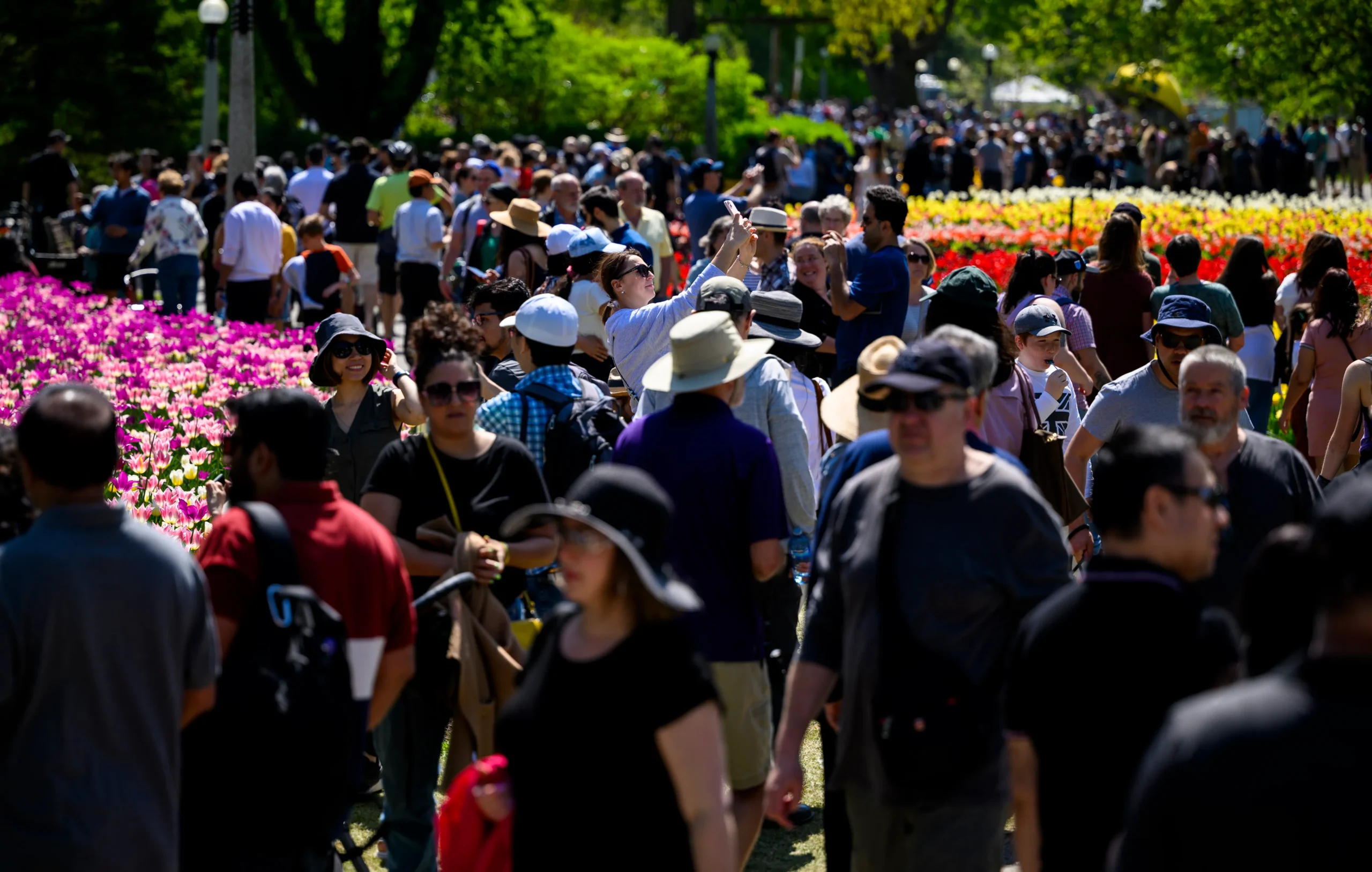
Canada’s Population Growth Nearly Comes to a Halt Amid Immigration Cuts
Canada’s population growth has slowed to one of its weakest rates in nearly a decade—excluding the pandemic—following a series of federal policy changes aimed at reducing temporary immigration. The first-quarter figures released by Statistics Canada paint a stark picture: the country added only 20,107 new residents between January and March 2025. This represents a near standstill in population growth, contrasting sharply with the typical quarterly growth rate of around 0.3% seen over the past ten years.
Immigration Cuts Fuel Decline
This drop is largely attributed to a significant reduction in the number of non-permanent residents, including international students and foreign workers—two groups that had previously been driving Canada’s record population expansion since 2021. These groups were essential in helping Canada reach one of the fastest growth rates in the developed world, comparable to some African nations.
However, the number of temporary residents has now fallen to approximately 3 million people, accounting for 7.1% of Canada’s total population. This is down from a peak of 7.4% last year, representing the sharpest quarterly decline in non-permanent residents ever recorded outside of a pandemic.
Ontario and B.C. See Largest Declines
The provinces of Ontario and British Columbia, which had absorbed the highest volumes of international students and temporary workers in recent years, experienced the most substantial population losses. This marks the first time since 1951—when modern record-keeping began—that these provinces reported such significant quarterly drops in population.
Asylum Claims at Record Highs
While temporary migration is slowing, asylum claims continue to rise. Canada recorded its 13th consecutive quarterly increase in asylum seekers, with a total of 470,029 claims—a new national record. This has prompted the federal government to introduce stricter asylum eligibility rules and to reaffirm its commitment to limiting new student permits and temporary foreign worker visas.
A bill aimed at tightening asylum rules is expected to be debated in Parliament this week. The move is being viewed not only as a policy correction but also a political response, particularly in light of an anticipated influx of refugee claimants fleeing stricter immigration enforcement in the United States.
A Shift in Immigration Philosophy
These recent changes reflect a broader shift in immigration strategy under Prime Minister Mark Carney. After years of liberal immigration policies under former Prime Minister Justin Trudeau, Carney has moved toward what he calls a “sustainable pace” of immigration. The goal is to balance Canada’s economic needs with public concerns about housing shortages, strained social services, and infrastructure limitations.
While this more cautious approach may temporarily cool the population surge, many experts warn that Canada’s long-term growth still depends heavily on immigration. The latest data shows that natural population increase (births minus deaths) is already in the negative: in the first quarter of 2025 alone, deaths outnumbered births by over 5,600.
What Comes Next?
Government insiders suggest this policy reset is temporary and designed to give the country time to adjust. The long-term objective remains to attract top global talent and ensure continued growth—but on a scale that can be managed more effectively.
However, with public support for immigration starting to waver in some parts of the country, the challenge for policymakers will be to strike the right balance between economic need, political pressure, and Canada’s long-standing reputation as a welcoming and diverse nation.
Summary Points:
- Population added in Q1 2025: Only 20,107 people
- Temporary residents decline: From 7.4% to 7.1% of total population
- Asylum seekers: Record 470,029 claims
- Key provinces affected: Ontario and British Columbia
- Natural growth: Negative (more deaths than births)
- Policy shift: Toward “sustainable” immigration under PM Carney
For a consultation about Immigration options, reach out to the CAD IMMIGRATION today!





